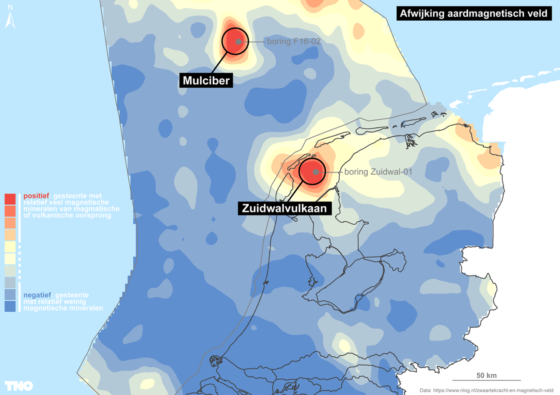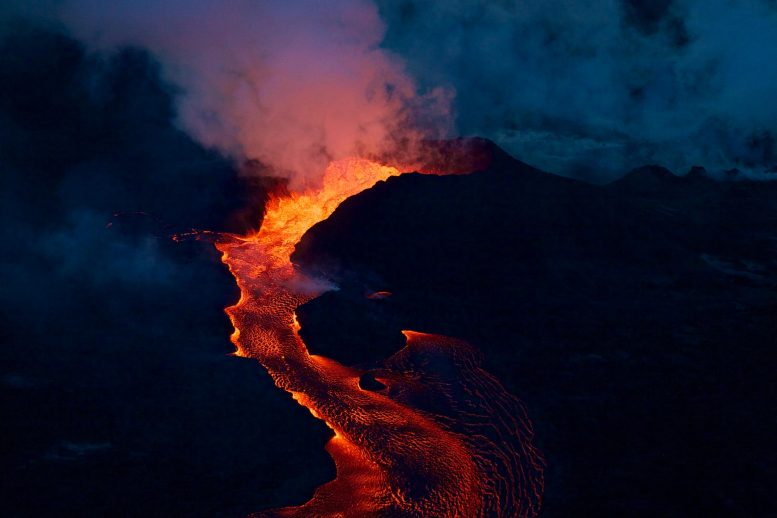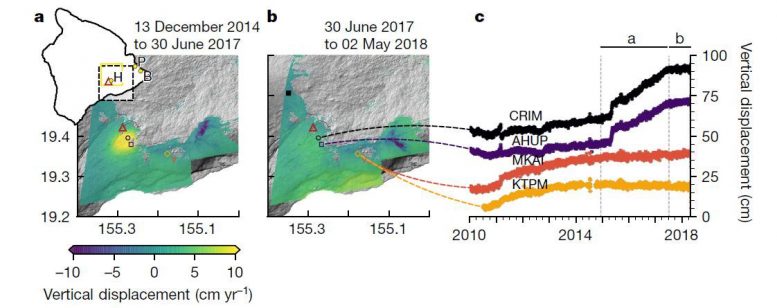Trucker demonstrations trigger tweet from President Trump
A demonstration involving dozens of truckers in Washington, D.C., caught the attention of President Donald Trump.
“I’m with the TRUCKERS all the way,” President Trump posted on Twitter on Sunday, May 3. “Thanks for the meeting at the White House with my representatives from the Administration. It is all going to work out well!”
I’m with the TRUCKERS all the way. Thanks for the meeting at the White House with my representatives from the Administration. It is all going to work out well!— Donald J. Trump (@realDonaldTrump) May 4, 2020
President Trump’s post appears to be in response to protests held over the weekend by truck drivers speaking out against historically low freight rates. The president’s post did not offer any insight as to how the problem would be fixed.
Video footage shows trucks lining Constitution Avenue in Washington, D.C., on May 1.
— Joaquin Carbonell (@jcarbiv) May 2, 2020
“We applaud the recent trucking protests in Washington, D.C.,” OOIDA President Todd Spencer said. “OOIDA was established as a result of similar protests nearly 50 years ago. When done properly, this form of activism can generate interest from lawmakers, regulators, and the general public. In short, job well done.
Similar demonstrations or protests were reported in Hartford, Conn., and El Paso, Texas.
WTNH reported that truckers held a rally in Hartford on May 2 to raise awareness about price gouging and brokers profiting from the national emergency.
KTSM reported that hundreds of trucks gathered in El Paso on May 1 to demand better freight rates. According to the report, several drivers received citations for impeding traffic.
Fighting against low rates
OOIDA said it is working toward create more transparency regarding freight rates.
“Now our collective goal is to ensure there is a mechanism to foster change to address real issues, such as the need for more transparency in freight rates,” Spencer said. “While trucking was economically deregulated decades ago in the belief that open markets work best, that only really applies when all parties are dealing with the same or similar circumstances and have access to the same information. Requiring every broker to provide rate sheets to carriers upon delivery of a load would be a great first step.”
OOIDA sent an informational bulletin to its more than 160,000 members on May 1, advising them to be leery of unscrupulous brokers, to avoid cheap freight, and to file complaints regarding any issues with brokers.
“We are aware that freight rates are at historic lows,” OOIDA wrote in a letter signed by Executive Vice President Lewie Pugh. “Trucking has often suffered from chronic overcapacity too many trucks and trailers and not enough freight. The resulting market conditions are magnified right now. While there is no quick or easy solution, hauling cheap freight is not a viable or sustainable approach, and we strongly advise against it just as we always have.”
OOIDA said it also is continuing to work with the Federal Motor Carrier Safety Administration and Congress to prevent brokers and shippers from exploiting truckers during the COVID-19 pandemic.
“We also realize some brokers and shippers are exploiting the ongoing crisis,” OOIDA wrote. “While federal regulations require brokers to be transparent about certain rate information, there are far too many loopholes that effectively undermine the regulations. We continue to work with FMCSA and Congress to require additional transparency and close as many loopholes as possible. Unfortunately, this will not provide any immediate relief.”
The Association also urged its members to file complaints with FMCSA’s National Consumer Complaint Database when needed.
“While the NCCDB is far from perfect, we need complaints filed because it helps us show just how broken it is and might hopefully lead to meaningful changes,” OOIDA wrote. “If you do file a complaint, you should also forward a copy to your lawmakers and OOIDA.”





/cdn.vox-cdn.com/uploads/chorus_image/image/66777113/GettyImages_1211906556.0.jpg)





/cdn.vox-cdn.com/uploads/chorus_image/image/66776651/1210050182.jpg.0.jpg)
:no_upscale()/cdn.vox-cdn.com/uploads/chorus_asset/file/19955035/8_cities_protest_media_coverage.jpg)